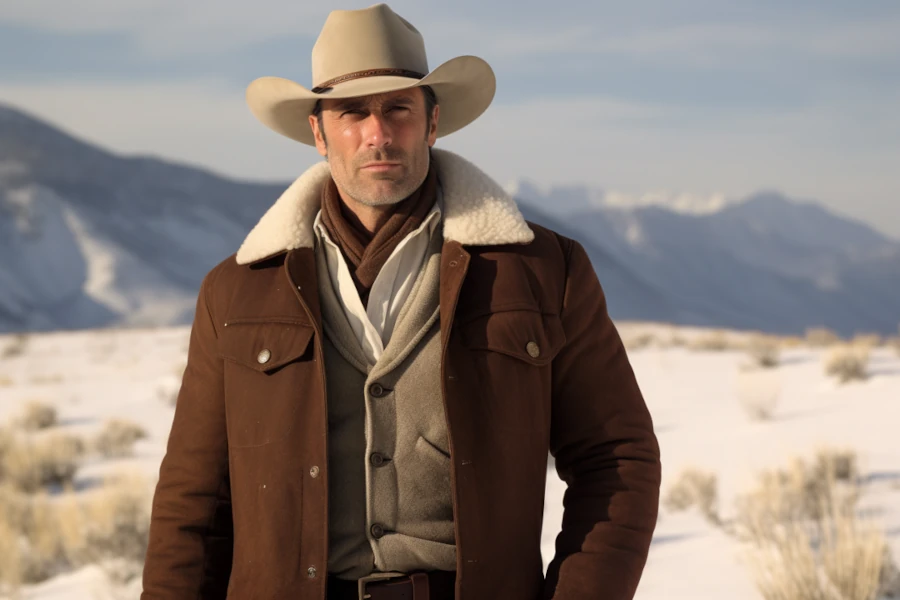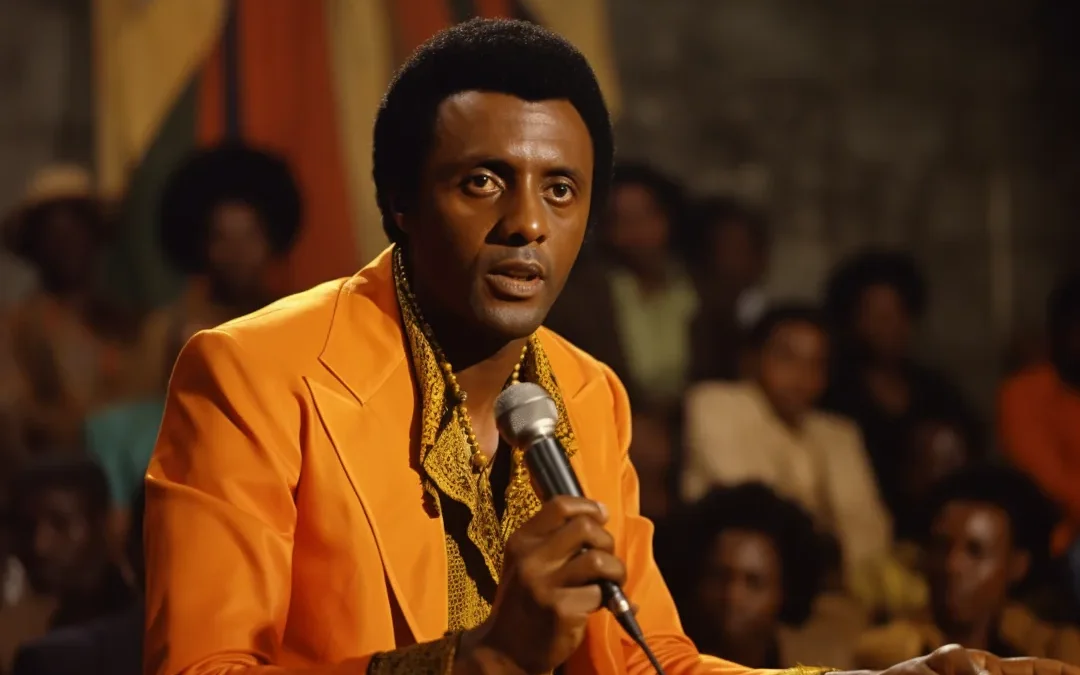The following is a comparison of an adaptation of Halmet to one of Twelfth Night. I wrote this at Wittenberg for Dr. Buckman’s Shakespeare class. He loved to take tradition genres and subvert them in ways that challenged the writer. Here the assignment was to, using the genre conventions of movie reviews, compare and contrast two Shakespeare adaptations. I look at Michael Almereyda’s Hamlet (2000) and Trevor Nunn’s Twelfth Night (1996). Hamlet and Twelfth Night received very different treatments in their adaptations, leading me to prefer the film version of the story I’m not a huge fan of.
Is a good story sufficient, or even necessary, to create a good film? Michael Almereyda certainly didn’t believe so when he chose to adapt Shakespeare’s Hamlet into film. Although he cleverly moves the dialogue around to allow for shorter scenes interspersed amongst the action, Almereyda stays true to the plot of the Bard’s original, retaining the plot problems for which the play is so well known.
Why does Hamlet persistently delay his revenge? Although Horatio and the watchmen also witness the ghost of Hamlet’s father, Hamlet seeks to prove Claudius’s guilt. Even after this becomes apparent, Hamlet finds excuses to delay his vengeance. The true reason for Hamlet’s procrastination is obvious: the death of Claudius would end the play prematurely. Why does Hamlet’s revenge include acting like a crazed lunatic? It only makes Claudius suspicious while driving Ophelia to madness and death. Furthermore, as Tom Stoppard points out, why must Rosencrantz and Guildenstern die? If Hamlet is willing to kill the innocent to achieve his ends, is he any better than Claudius?
Despite these concerns, Hamlet has caught the attention of audiences for hundreds of years because the play contains some of Shakespeare’s best lines, along with his most memorable monologues and soliloquies. Even those unfamiliar with Shakespeare have heard the line, “[t]o be or not to be.” The play has succeeded despite its plot deficiencies because the melodrama and dialogue are so perfectly suited for the stage.
A film, however, has different standards. Film depends heavily on action and unlike stagecraft, short quips comprise most of the dialogue. A general rule is that a character ought not say more than three lines of dialogue at a time. Under these constraints it would seem that any screen production of Hamlet is destined to fail as inaction defines a protagonist who speaks in sprawling verse.
Almereyda manages to avoid these pitfalls by playing to the visual strengths of film. The cinematography is active and visually impressive. As the camera pans through Manhattan the director uses this sense of grandeur to portray the city as a kingdom, while the impressive architecture of Denmark Corporation functions as a modern palace. Hamlet often documents events with a videocamera and cuts these clips together. The results provide another visual element, but they also fittingly function as the movie Hamlet shows to Claudius in place of the play in the original.
Almereyda uses several strategies to make the extended blocks of dialogue fit the structure of film. First, he applies voice-overs of Hamlet’s soliloquies during the establishing shots and while filming action. Next, he keeps Hamlet active when delivering a soliloquy on screen, usually by editing his video clips. The famous “to be or not to be” speech is delivered as he searches for videos to splice together in a Blockbuster store. The director trimmed and moved dialogue as he saw fit and, most importantly, monologues are delivered with a close-up of the actor speaking.
This touch is perhaps the most important. Almereyda leans heavily on the prowess of the cast. Their body language and tone convey as much to the audience as the words themselves. Casting Bill Murray as Polonius was a stroke of genius, ensuring that the audience will understand the comic nature of the character. Julia Stiles translates Ophelia’s speeches through her acting, making the words supplementary. Kyle McLachlan manages to balance the coldness of Claudius’ schemes with his underlying guilt.
Ethan Hawke is the perfect choice for the title role, especially when one considers the time in which the film was released. This Hamlet is made for Generation X and Hawke perfectly embodies the angsty grunge of the era it concludes. It’s like a climax to the ’90s. No Shakespearean character could better speak to the young generation of the ’90s than the melancholy Danish prince. His flaws include inaction and uncertainty, he’s surrounded by a hyper-capitalist society controlled by his embarrassing parents and their peers, and he reacts by whining extensively with pseudo-philosophical diatribes. It’s as if Shakespeare foresaw the ’90s.
While Hamlet demonstrates that a good story isn’t necessary for a good film, Twelfth Night (1996) shows that a good story isn’t sufficient for a good film, either. The original play is one of Shakespeare’s finest. The farcical material provides an active protagonist in Viola who faces legitimate obstacles. Multiple love triangles and a hilarious subplot keep the story moving along naturally while preventing one from considering the absurdity and serendipity within the play. Such a story should provide a director with all they need to create a great film.
Director Trevor Nunn proves otherwise. Like Almereyda’s Hamlet, Nunn’s Twelfth Night attempts to adapt the play to film by splitting up the scenes. Scenes are interspersed with one another so the audience is presented with multiple situations occurring at the same time. Sometimes this works, such as when we cut between Viola’s conversation with the Duke and the revelries of Feste and Toby, but these cuts do little to solve the most fundamental problem audience members will face.
For one not well versed in Shakespeare, the jokes are difficult to understand and Nunn provides no assistance whatsoever. In fact, for the first half hour of the film, one may not even realize it’s supposed to be a comedy. While Almereyda brilliantly cast Murray as Polonius, Nunn fails to deliver the comic goods with Ben Kingsley as Feste. Kingsley expresses the clown’s lines with such seriousness that he seems foreboding and deranged. Mel Smith’s portrayal as Sir Toby Belch is loud and boisterous but certainly not funny. Although the scenes are cut to adapt to the structure of film, half of the actors perform with hyperbole best suited for stage. The ones who don’t, such as Imogen Stubbs as Viola and Helena Bonham Carter as Olivia, play their roles so straight that none of the play’s comedic effects shine through their humorless dispositions.
The cinematography does nothing to alleviate the incongruent acting performances. Nunn attempts to depict the tragedy of the first act using extreme shadows and dark tones. The later, comic scenes, utilize bright colors and sunshine. Any attempt at subtlety is lost. Nunn obviously lacks the talent for creating visually stunning scenes, often using fixed cameras as if his mind is constantly preoccupied with the image of a stage. He uses close-ups sparingly and his establishing shots are often quick snapshots of the setting, reminiscent of sitcoms.
Twelfth Night is a wholly mediocre production from top to bottom. It’s like a great comedian’s script being read on stage by a halfwit who barely understands what he’s saying. It demonstrates that a good story isn’t sufficient to produce a good film.
While Hamlet succeeds in the many ways that Twelfth Night fails, one is still left to wonder what Almereyda could achieve with a great story. Hamlet is a good film and does well considering its source material, but it certainly isn’t great. The plot problems that hamper the original play are no better concealed in the film. Story remains an important element of film, and in a way it makes both movies bittersweet. In one great actors and cinematography are limited by a weak story and in the other a great story is limited by the actors and director.




